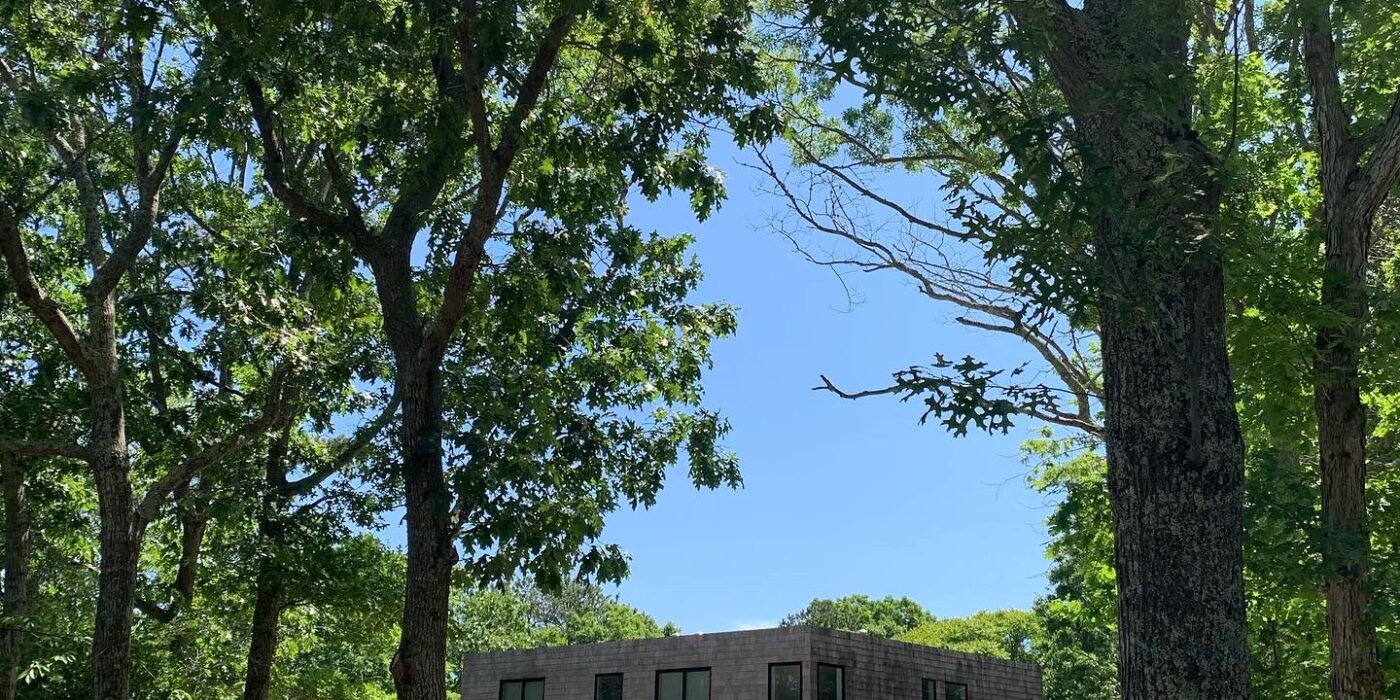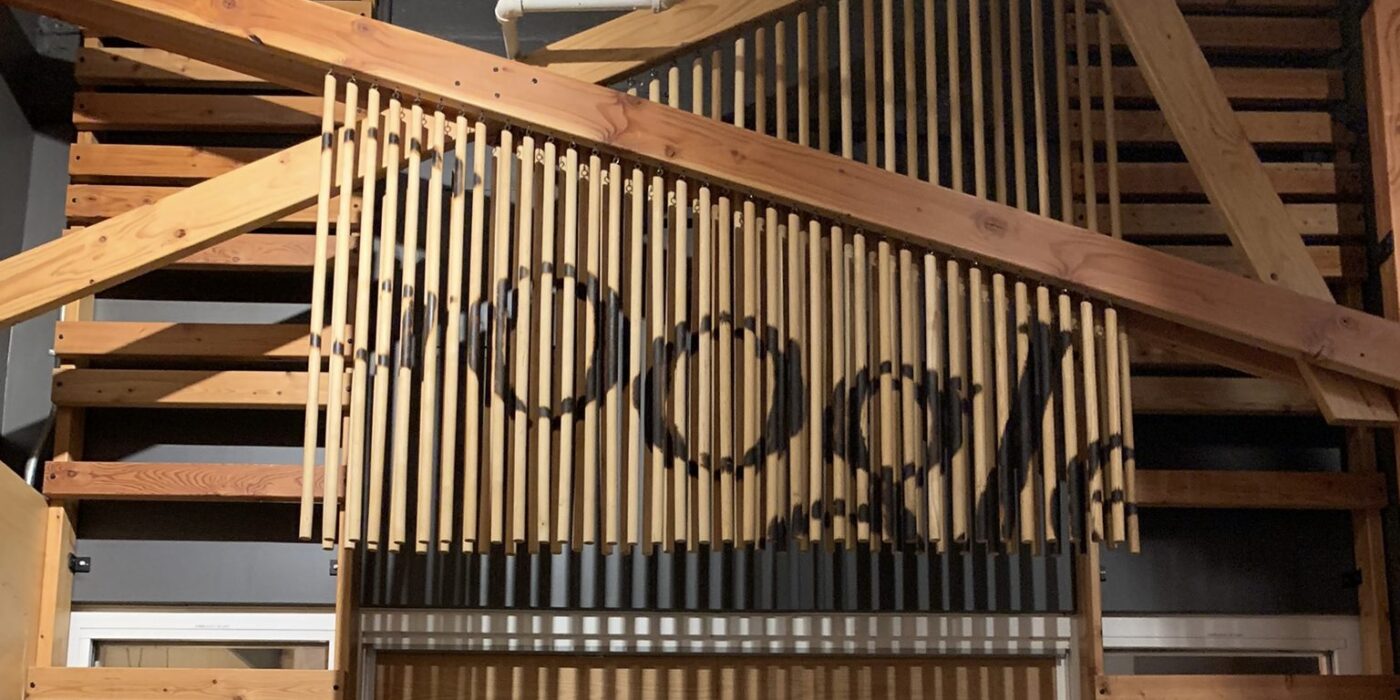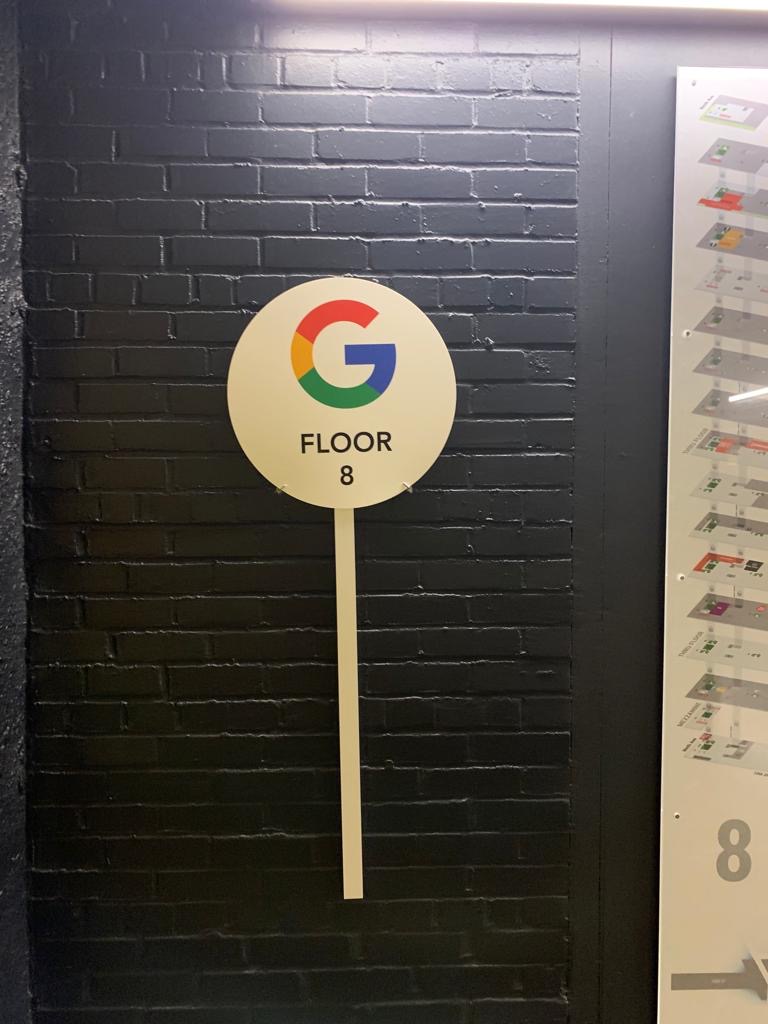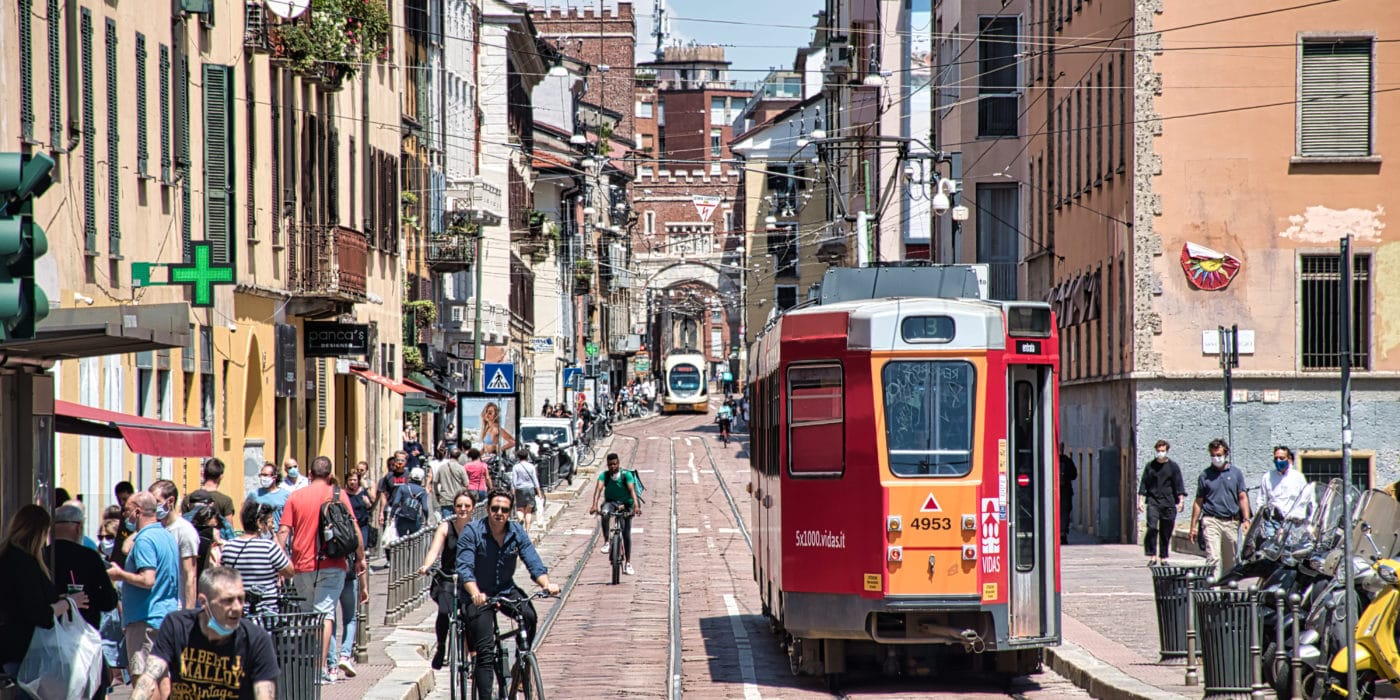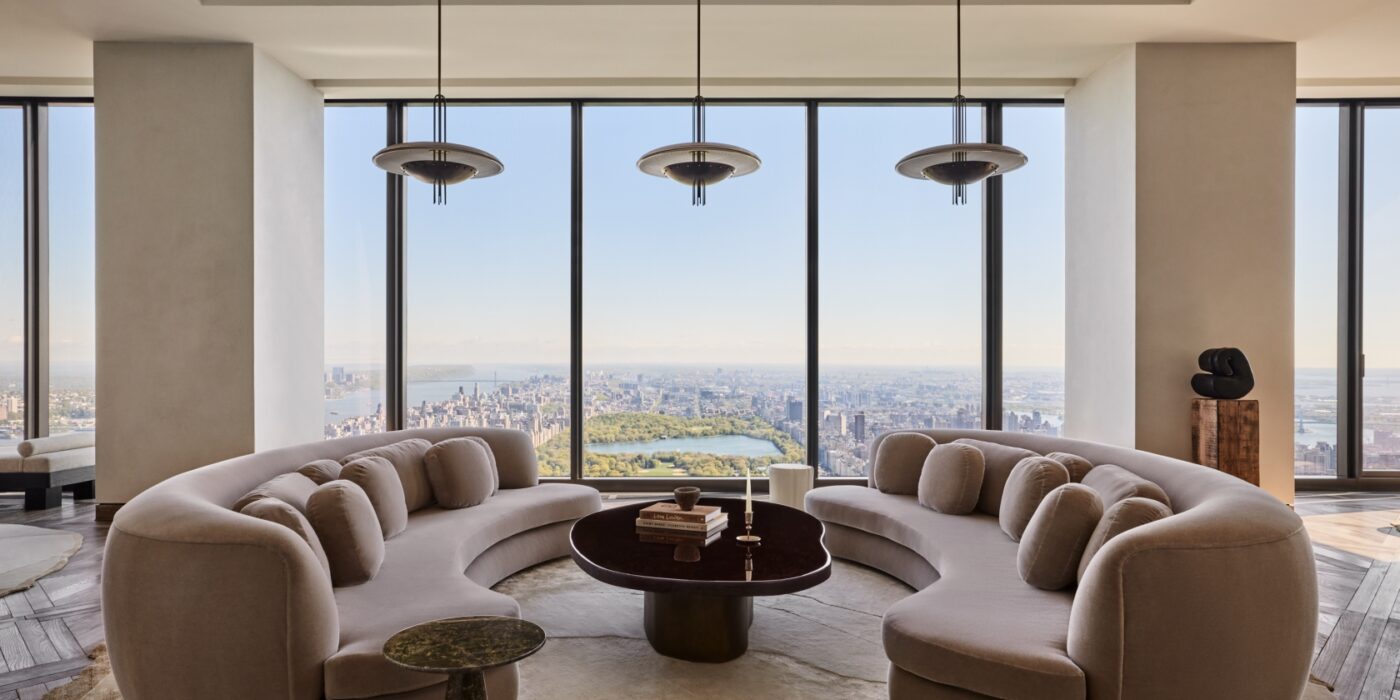Spring’s revitalizing touch has finally permeated Manhattan’s prestigious real estate realm, marking a notable upturn in activity, as reported by Olshan Realty. Donna Olshan, President of Olshan Realty and esteemed author of the report, illuminated the market’s resurgence, underscoring a pivotal shift in momentum.
In the week concluding Sunday, Manhattan witnessed the signing of 28 contracts for residences valued at $4 million or more, marking a noteworthy increase compared to the prior week’s lackluster performance. This resurgence, Olshan asserts, is characteristic of April’s prominence as one of the highpoints in the annual real estate calendar.
The contracts inked during this period encompassed a diverse array of properties, including 21 condos, five co-ops, one townhouse, and one condop, collectively commanding a substantial sum exceeding $263 million. Notably, a landmark transaction materialized for a full-floor co-op situated on the Upper East Side, with an asking price of $44.5 million, thus claiming the title of Manhattan’s most expensive co-op sale in nearly two years. The opulent ninth-floor unit boasts four bedrooms and offers sweeping vistas of Central Park, while indulging residents with an array of amenities such as doormen, a state-of-the-art gym, and bespoke wine cellar storage.
In a parallel narrative, the Manhattan luxury real estate landscape continues to captivate with its allure, evidenced by a myriad of enticing offerings. Among these, the second-priciest contract signed last week was for a prestigious Chelsea condo, commanding a princely sum of $25.6 million. Nestled within the esteemed One Highline building on West 18th Street, this resplendent unit affords breathtaking panoramas of the Hudson River, spanning an expansive 5,121 square feet and boasting four bedrooms, a grandiose great room with panoramic river views, and two loggias. The building itself stands as a testament to luxury living, offering an array of amenities including a state-of-the-art fitness center, a lap pool, rejuvenating spa-treatment rooms, a golf simulator, private dining facilities, and a sophisticated games lounge.
However, amidst this surge in luxury real estate activity, concerns linger over the broader trends shaping the market’s trajectory. Donna Olshan, in her discerning analysis, points to a concerning trend of uncharacteristically sluggish performance, with only 18 contracts sealed for properties valued at $4 million or more in the preceding week—a stark departure from historical benchmarks. Olshan cautions that such deviations from the norm warrant vigilant scrutiny, particularly within the context of April, typically heralded as a pinnacle month for real estate transactions.
Indeed, the dichotomy between the flourishing luxury segment and the broader market’s subdued performance remains palpable, reflecting the nuanced interplay of factors such as interest rates and inventory dynamics. While the overall real estate landscape contends with a 4% downturn in sales nationwide, luxury real estate defies the odds, recording a remarkable 2% uptick—a testament to the resilience of affluent buyers amidst prevailing market headwinds.
Notably, the surge in luxury transactions is underpinned by a surge in cash purchases, with nearly half of all luxury homes acquired through all-cash transactions—a trend further accentuated in Manhattan, where all-cash deals comprise a record 68% of total sales. This influx of liquidity not only shields buyers from the impact of rising interest rates but also fuels an upward trajectory in luxury home prices, with median prices soaring by an impressive 9% during the first quarter—a feat unmatched by the broader market.
Yet, amidst the backdrop of this exuberant narrative, regional nuances underscore the diverse tapestry of luxury real estate dynamics. Providence, Rhode Island emerges as an unlikely bastion of luxury price growth, boasting a staggering 16% uptick, followed closely by New Brunswick, New Jersey, with a commendable 15% increase. Conversely, New York City grapples with a 10% decline in luxury prices, highlighting the nuanced variations within the luxury segment.
In a landscape rife with contrasts, Seattle emerges as a beacon of resilience, posting robust growth in luxury home sales, with a staggering 37% increase. Not to be outdone, Austin, Texas, and San Francisco follow suit with commendable upticks of 26% and 24%, respectively—underscoring the diversified nature of luxury real estate dynamics across different metro areas.
As the luxury real estate saga unfolds, characterized by its ebbs and flows, one thing remains abundantly clear—New York City, with its timeless allure and unmatched sophistication, continues to command center stage in the global luxury real estate arena, offering a tantalizing glimpse into the epitome of urban opulence.
Photo via 111 West 57th Street


